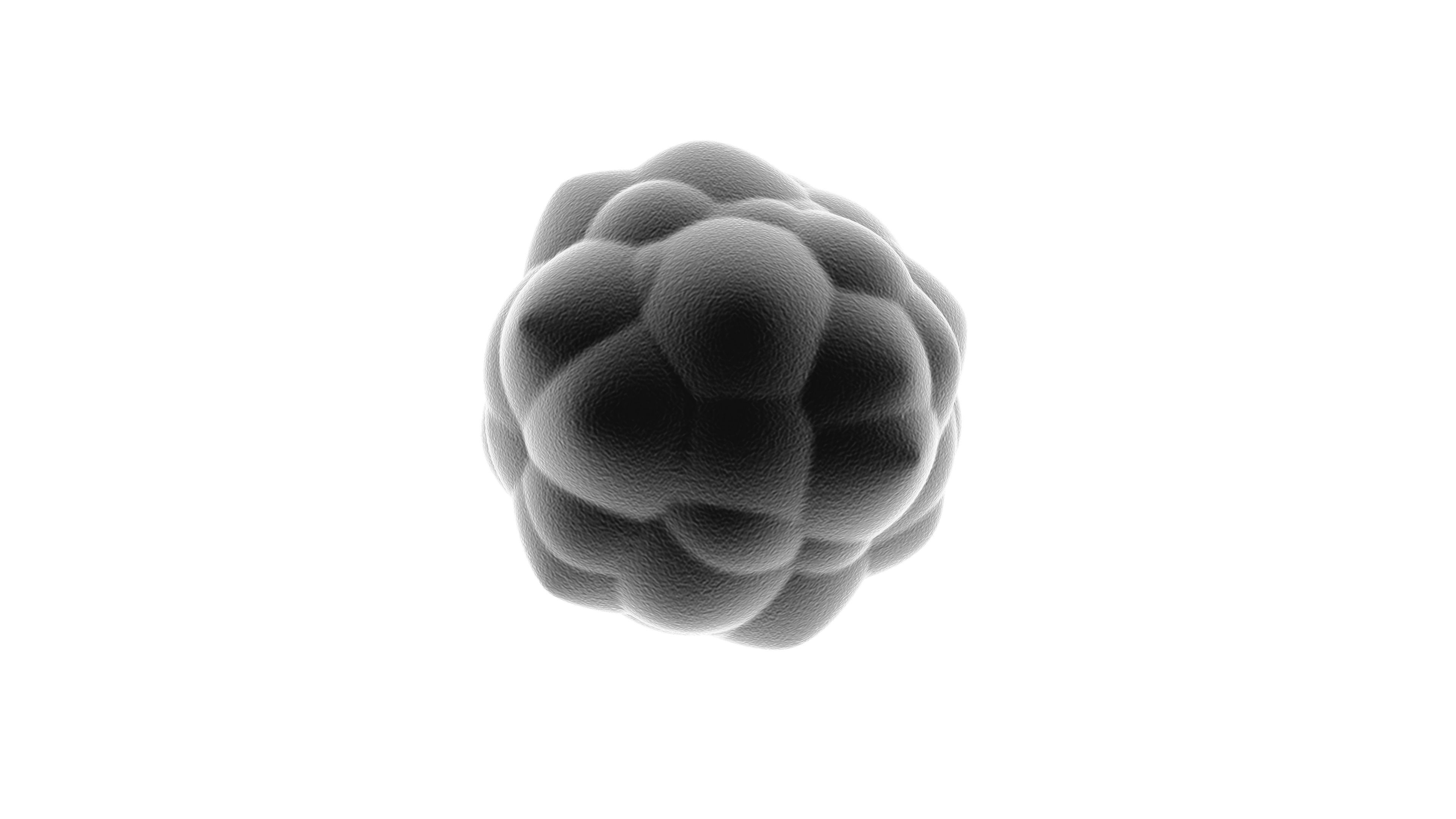Automatic z-Axis Correction Improves Mass Spectrometry Imaging of Uneven Surfaces
A new method for automatic z-axis correction during mass spectrometry imaging of uneven surfaces has been developed, allowing for accurate molecular analysis of complex samples. This advancement enhances the reliability and reproducibility of mass spectrometry imaging, enabling researchers to visualize the spatial distribution of molecules in challenging samples with uneven topographies.
Mass spectrometry imaging (MSI) has revolutionized the field of molecular analysis, allowing researchers to visualize the spatial distribution of molecules in complex samples. However, most MSI experiments are limited to flat and uniformly thick samples, posing challenges when analyzing textured or uneven surfaces. Addressing this limitation, a team led by David C. Muddiman from North Carolina State University has developed an innovative method that automatically corrects for height differences on uneven surfaces during MSI experiments. The research was published in the Journal of the American Society for Mass Spectrometry (1).
3D rendering of a black ball with an uneven surface on a white background. The ball glows and looks like a virus, a dangerous microorganism. Abstract illustration for medical compositions. | Image Credit: © Станислав Чуб - stock. adobe.com

The researchers integrated a chromatic confocal sensor into the infrared matrix-assisted laser desorption electrospray ionization (IR-MALDESI) system. This sensor enabled the real-time measurement of the sample surface height at the location of each analytical scan. By incorporating this height profile information, the z-axis position of the sample was dynamically adjusted during MSI data acquisition, compensating for the unevenness of the surface.
To validate the effectiveness of this approach, the team tested it on two challenging samples: a tilted mouse liver section and an unsectioned Prilosec tablet, both exhibiting quasi-homogeneity and height differences of approximately 250 μm. When performing MSI with automatic z-axis correction, consistent ablated spot sizes and shapes were observed, allowing for the accurate measurement of ion spatial distribution across the mouse liver section and Prilosec tablet.
Conversely, when no z-axis correction was applied, irregular spots with reduced signals and high variability were observed, hindering the accurate assessment of molecular distribution. This highlighted the importance of the automatic z-axis correction method in achieving reliable and reproducible MSI results on uneven surfaces.
The development of this automatic z-axis correction method for MSI opens up new possibilities for analyzing samples with complex surface topographies. By enabling precise adjustments during data acquisition, researchers can now obtain high-resolution molecular images even from samples that were previously challenging to analyze. This advancement in MSI technology holds promise for various fields, including biomedical research, pharmaceutical development, and environmental analysis, where samples with uneven surfaces are common.
The work represents a significant step forward in expanding the capabilities of mass spectrometry imaging, providing researchers with a powerful tool to explore the spatial distribution of molecules in diverse samples with uneven surfaces.
Reference
(1) Xi, Y.; Knizner, K. T.; Garrard, K. P.; Muddiman, D. C. Automatic z-Axis Correction for IR-MALDESI Mass Spectrometry Imaging of Uneven Surfaces. J. Am. Soc. Mass Spectrom. 2023. DOI: https://doi.org/10.1021/jasms.3c00151
University of Rouen-Normandy Scientists Explore Eco-Friendly Sampling Approach for GC-HRMS
April 17th 2025Root exudates—substances secreted by living plant roots—are challenging to sample, as they are typically extracted using artificial devices and can vary widely in both quantity and composition across plant species.
Thermodynamic Insights into Organic Solvent Extraction for Chemical Analysis of Medical Devices
April 16th 2025A new study, published by a researcher from Chemical Characterization Solutions in Minnesota, explored a new approach for sample preparation for the chemical characterization of medical devices.
Sorbonne Researchers Develop Miniaturized GC Detector for VOC Analysis
April 16th 2025A team of scientists from the Paris university developed and optimized MAVERIC, a miniaturized and autonomous gas chromatography (GC) system coupled to a nano-gravimetric detector (NGD) based on a NEMS (nano-electromechanical-system) resonator.






